Languages at RCHK
English is the language of instruction at Renaissance College. Students also learn Mandarin Chinese as an additional language from Year 1 to Year 11, which is when students get to decide whether or not to continue studying Chinese as a second language or choose another language - at RCHK, they’re offered Spanish and French.
MYP language curriculum builds on experiences in language learning that students have gained during their time in the IB Primary Years Programme.
|
MYP Chinese subject groups |
|
|
Language and Literature |
Language Acquisition |
Learning Chinese at RCHK
Language study is a cultural and social experience. At Renaissance College, students learn Chinese through a wide variety of activities:
|
Integration with Technology
|
Student exchange programmes with schools in the Mainland |
Field trips |
|
Chinese debates
|
Local community service |
Read The New Enlightenment 新啟點
Simplified or Traditional Form of Chinese Characters
In RCHK, both traditional and simplified Chinese characters are taught in RCHK Chinese classrooms. Teachers in RCHK teach Chinese in Putonghua.
Simplified or traditional form of Chinese characters, Putonghua or Cantonese. Both traditional and simplified Chinese characters (繁體字 fantizi and 简体字jiantizi) are taught in RCHK Chinese classrooms. It’s written in the RCHK Language Policy that we teach “Chinese (Putonghua)”. Students learn Modern Standard Chinese, and the standard use of vocabulary and grammatical structure; students learn Putonghua as the standard phonology of Modern Standard Chinese.
Teachers select textbooks and teaching materials in traditional fonts for students learning Chinese as a native and near-native language. These students are usually in Chinese Language and Literature and Chinese Language Acquisition phase 4-6 classes. Students who are learning Chinese as a secondary language, on the other hand, use teaching materials in the simplified form. Teachers allow students to use the simplified and the traditional forms in a Chinese class. In Chinese examinations for Diploma courses, texts of both simplified and traditional forms are available, and responses in both forms are accepted.

